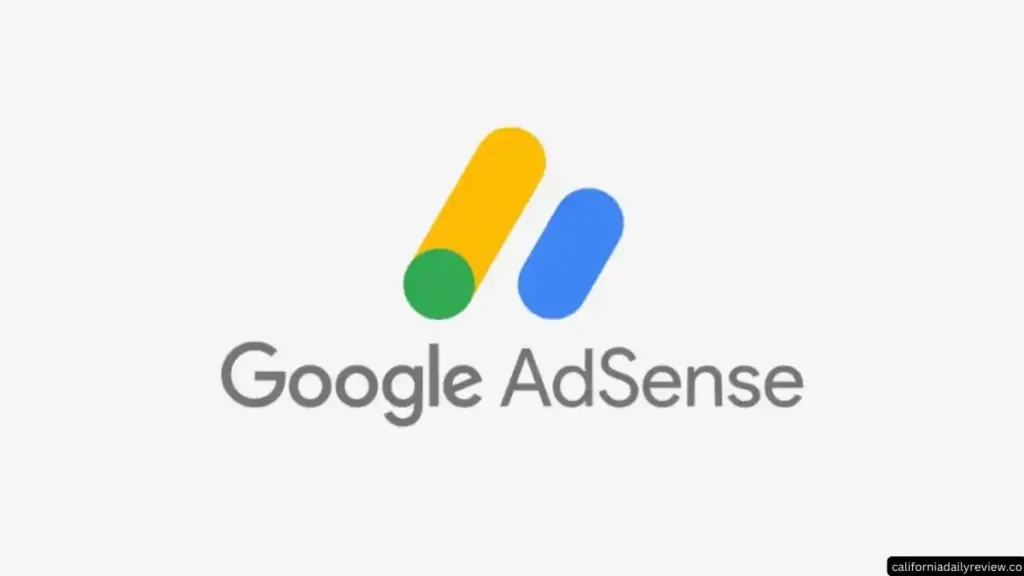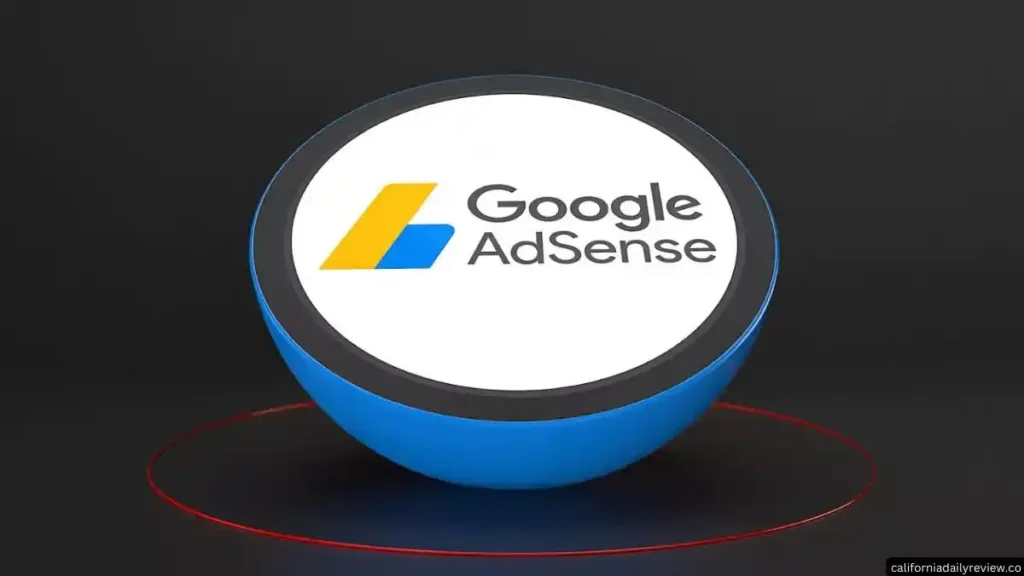In the dynamic world of online publishing, staying abreast of the latest developments in advertising models is paramount to maximizing revenue streams. Recently, Google AdSense made a significant shift by transitioning to an eCPM (effective cost per thousand impressions) payment model. This move, aimed at modernizing revenue share structures, brings forth both challenges and opportunities for publishers. In this comprehensive guide, we delve into the intricacies of the eCPM model, its implications for publishers, and strategies to adapt and thrive in this evolving landscape.
Google AdSense: Understanding the eCPM Payment Model
Google AdSense has shifted from the traditional cost-per-click (CPC) model to the eCPM model, where publishers are compensated based on the number of impressions their ads generate. This transition signifies a departure from click-centric revenue generation to a more nuanced approach that accounts for impressions, engagement metrics, and user experience.

Implications for Publishers:
The eCPM model introduces a paradigm shift in revenue generation strategies for publishers. While Google assures that overall revenue shares remain stable, individual publishers may experience varying impacts based on their content type, traffic volume, and engagement levels. Understanding these implications is crucial for devising tailored monetization strategies.
Adapting Content and SEO Strategies:
To thrive in the eCPM era, publishers must recalibrate their content and SEO tactics to optimize revenue potential. Strategies may include:
- 1. Increasing Website Traffic Volume: Leveraging SEO best practices to enhance organic visibility and attract a larger audience.
- 2. Enhancing User Engagement Metrics: Crafting compelling content that encourages prolonged user interaction and increases ad impressions.
- 3. Extending Session Duration: Implementing features to prolong user sessions, thereby maximizing ad exposure and revenue opportunities.

Compliance with Ad Standards:
Adherence to AdSense policies and Better Ads Standards is paramount under the eCPM model. Publishers must prioritize user experience by avoiding intrusive ads and maintaining compliance with industry guidelines. By delivering a positive ad experience, publishers can safeguard their revenue streams and uphold their standing within the AdSense program.
Conclusion:
The transition to the eCPM payment model heralds a new era of monetization for publishers utilizing Google AdSense. While this shift introduces complexities, it also presents an array of opportunities for savvy publishers to optimize revenue streams. By understanding the nuances of the eCPM model, adapting content and SEO strategies, and prioritizing compliance with ad standards, publishers can navigate this evolving landscape with confidence and continue to thrive in the digital ecosystem.
By staying informed, monitoring performance, and adapting strategies, publishers can continue to thrive.






Comments are closed.